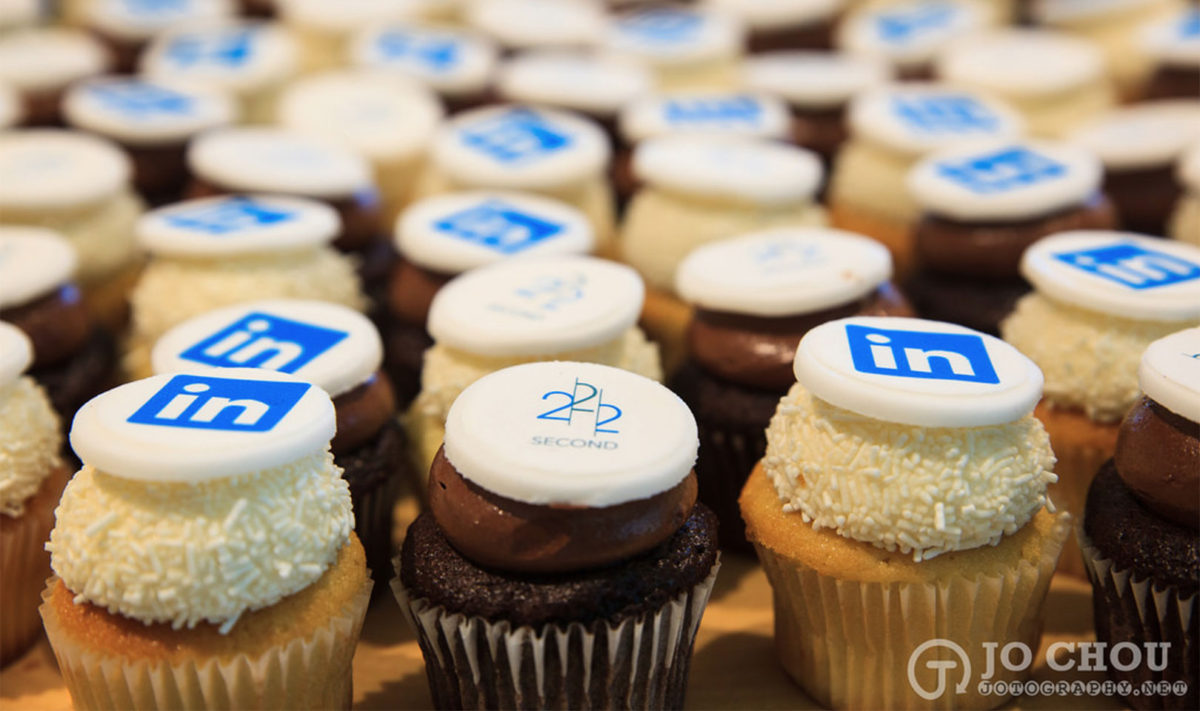LinkedIn is a platform, which brings together job seekers and job providers. According to Chaudhary (2017), the platform had 467 million users world-wide in April, 2017 and was available in 24 languages. 94% of recruiters use LinkedIn to vet candidates and 48% use LinkedIn for social outreach (Smith, 2016).
Analyzing these numbers, it can be concluded that LinkedIn is an essential tool for the employment process. However, seeking out for jobs and searching for employees on LinkedIn, significantly differs from how recruitment worked before the internet age. One factor that changed for instance, is that recruiters can view an applicant’s academic and job history without the applicant noticing that (s)he was vetted. 80% of LinkekIn user use free accounts, meaning that they cannot see, which recruiter viewed their profile (Stemann, 2016). Before the internet, jobs were assigned by employees and executives using personal relationships or through applicants’ personal initiation. In both cases, their was a lot of information asymmetry involved and both party’s knew, that they were in a matching process.
However, LinkedIn reduced the information asymmetry significantly and allowed for starting matching processes anonymously. The question arises: Which implications does the establishment of LinkedIn, have for the search process on the employment market?
The article “One-Way Mirrors in Online Dating, A Randomized Field Experiement” (Ramaprasad et al., 2016) observed the effect of anonymous search on the matching process and outcomes in the dating industry.
According to the aforementioned research:
- Anonymity of profile viewing significantly decreases the number of matches.
- The increased match quantity is not compensated by an increase in match quality.
- Anonymous users explore and visit more profiles of users who messaged them, before deciding to answer a message.
- Anonymous users are more compelled to visit the profile of the other user before deciding to reply.
Assuming that these findings also apply to LinkedIn employee search, the following implications can be identified:
- Recruiters now vest much more applicants before deciding on whom to contact than before LinkedIn was used as a platform for the job market.
- With LinkedIn, the recruitment process became more time consuming but the outcome of decision after the extensive search did not improve.
- In case recruiters receive a message of a potential applicant on LinkedIn, they are much more susceptible to comparing the applicant with other applicants instead of evaluating whether the applicants match the job criteria.
- In case recruiters receive a message of a potential applicant on LinkedIn, they are more inclined to investigate the applicant’s history and qualifications using LinkedIn than before as more information is available.
References
Steman, 2016. https://www.linkedin.com/pulse/which-linkedin-subscription-should-you-buy-lindsey-stemann/. [Blog Post]. Retrieved, 15.10.2017
Chaudhary, 2017. https://www.linkedin.com/pulse/linkedin-numbers-2017-statistics-meenakshi-chaudhary/. [Blog Post]. Retrieved, 15.10.2017
Smith, 2016. https://expandedramblings.com/index.php/linkedin-job-statistics/#.WeOMTWiCxPY. [Blog Post]. Retrieved, 15.10.2017
Bapna, R., Ramaprasad, J., Shmueli, G., and Umyarov, A. 2016. One-Way Mirrors in Online Dating: A Randomized Field Experiment. Management Science, 62(11), 3100-3122.

